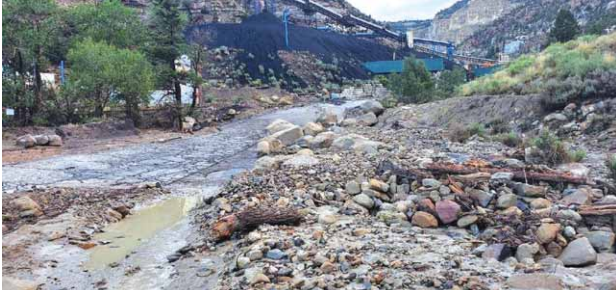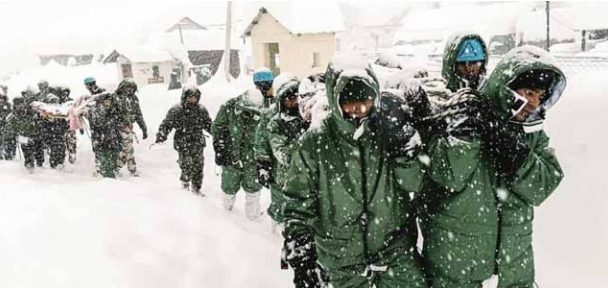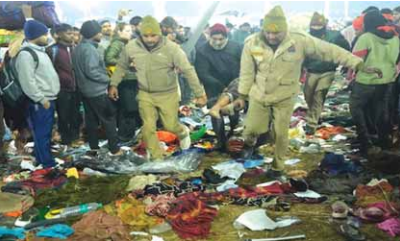In early September 2024, Vijayawada, a city in Andhra Pradesh, India, faced unprecedented flooding due to exceptionally heavy rainfall that commenced on August 31. This disaster claimed at least 35 lives in the NTR district and severely affected around 645,000 individuals across multiple districts, with approximately 270,000 impacted directly in Vijayawada alone. The city recorded over 29 cm of rainfall in just one day, overwhelming the Krishna River and the Budameru Rivulet, leading to catastrophic flooding that inflicted extensive damage on infrastructure, homes, and agricultural land.
The Budameru Rivulet is integral to draining water between the Godavari and Krishna Rivers into Kolleru Lake. Historically prone to overflowing, it had been equipped with a diversion canal intended to redirect its flow into the Krishna River from Velagaleru village, located 15 km from the city. However, during the rainfall event, the rivulet became overwhelmed, with inflows reaching an unprecedented 35,000 cusecs, far exceeding the diversion canal’s capacity of 7,000 cusecs. This resulted in significant flooding across Vijayawada, exacerbated by breaches in the Budameru Rivulet, which overwhelmed manmade barriers, inundating previously safeguarded areas.
The floods exposed serious vulnerabilities related to encroachments on natural water bodies and inadequate flood management infrastructure. The overflow of the Budameru Rivulet, combined with the already swollen Krishna River, inundated residential areas, particularly those built on floodplains. Key factors contributing to this disaster included the extreme rainfall, climate change impacts, and poor urban planning, which blocked natural water pathways.
The Krishna River experienced record inflows due to continuous heavy rainfall upstream, resulting in the Prakasam Barrage discharging 1.18 million cusecs of water, the highest in its 70-year history. Despite swift action from state officials to fortify vulnerable areas with sandbags, the floods led to widespread disruptions, including train cancellations and the evacuation of thousands.
On September 1, 2024, a significant incident occurred at the Prakasam Barrage when five boats collided with a critical gate, damaging its counterweight. This raised safety concerns and led to investigations into potential sabotage. The repairs were initiated promptly, underscoring the barrage’s essential role in flood management.
In the aftermath of the flooding, extensive relief and rescue operations were launched, with 190 relief camps established to shelter over 44,041 individuals. The National Disaster Response Force (NDRF) and State Disaster Response Force (SDRF) coordinated efforts, utilizing helicopters and drones to deliver essential supplies to affected communities.
Authorities also initiated restoration efforts for the Budameru Bund, which had suffered multiple breaches. A comprehensive plan, dubbed “Operation Budameru,” was launched to address encroachments and enhance the flood management infrastructure, including increasing the height of the Budameru Bund and expanding drainage capacities.
The devastation caused by the floods has highlighted the urgent need for improved flood management and urban planning strategies in Vijayawada. Encroachments along the Budameru Rivulet, which have reduced its carrying capacity, must be addressed. Experts recommend merging the original Budameru rivulet into the Krishna River to mitigate future risks and protect lives and livelihoods.
Furthermore, the government must prioritize modernization plans for the Budameru diversion channel, which has been neglected, leaving the region vulnerable to recurrent flooding. A comprehensive survey to identify and remove encroachments along the river will be essential in safeguarding against future disasters.
The 2024 floods in Vijayawada serve as a stark reminder of the consequences of inadequate flood management and urban planning. As the city and state authorities work toward recovery, it is crucial to implement sustainable solutions that prioritize community resilience and safeguard against similar catastrophic events in the future.
Source:
www.indiatoday.in






